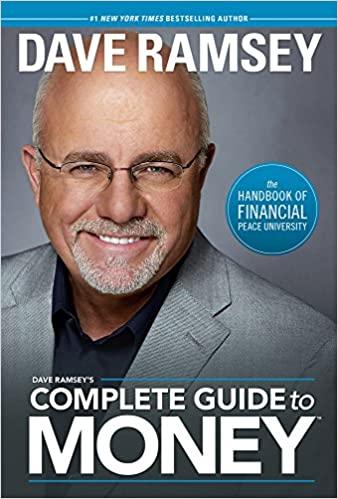Question
Star Products Company is a growing manufacturer of automobile accessories whose stock is actively traded on the over-the-counter (OTC) market. During 2012, the Dallas-based company
Star Products Company is a growing manufacturer of automobile accessories whose stock is actively traded on the over-the-counter (OTC) market. During 2012, the Dallas-based company experienced sharp increases in both earnings and sales. Because of this recent growth, Melissa Jen, the company's treasurer, wants to make sure that available funds are being used to their fullest. Management policy is to maintain the current capital structure proportions of 30% long term debt, 10% preferred stock, and 60% common stock equity for at least the next 3 years. The firm is in the 40% tax bracket.
Star's division and product managers have presented several competeting investment opportunities to Jen. However, because funds are limited, choices of which products to accept must be made. Star's current investment opportunities are shown in the table below.
Investment Opportunity Internal Rate of Return (IRR) Initial Investment
A 15% $400,000
B 22 200,000
C 25 700,000
D 23 400,000
E 17 500,000
F 19 600,000
G 14 500,000
To estimate the firm's weighted average cost of capital (WACC), Jen contacted a leading investment banking firm, which provided the following cost data showin in the following table.
Long Term Debt: The firm can raise $450,000 of additional debt by selling 15-year, $1000 par value 9% coupon interest rate bonds that pay annual interest. It expects to net $960 per bond after floatation costs. Any debt in excess of $450,000 will have a before tax cost of 13.0%.
Preferred Stock: Preferred stock, regardless of the amount sold can be issued with a $70 par value and 14% annual dividend rate and will net $65 per share after floatation costs.
Common Stock Equity: the firm expects dividends and earnings per share to be $.96 and $3.20 respectively in 2013 and continue to grow at a constant rate of 11.0% per year. The firm's stock currently sells for $12.00 per share. Star expects to have $1,500,000 of retained earnings available in the coming year. Once the retained earnings have been exhausted, the firm can raise additional funds by selling new common stock, netting $9.00 per share after underpricing and floatation costs.
Calculate the cost of each source of financing as specified:
Long term debt, first $450,000
Long term debt, greater than $450,000
Preferred Stock, all amounts
Common Stock equity, first $1,500,000
Common Stock equity, greater than $1,500,000
Calculate Star's weighted average cost of capital for each of the following:
Long term debt less than $450,001 and common stock equity less than $1,500,001
Long term debt greater than $450,000 and common stock equity less than $1,500,001
Long term debt greater than $450,000 and common stock equity greater than $1,500,000
The maximum amount of financing is?
What is the maximum amount of financing that Star can raise without using the more expensive new common stock?
If possible, please in the response show the formulas uses to answer the questions.
Step by Step Solution
There are 3 Steps involved in it
Step: 1

Get Instant Access to Expert-Tailored Solutions
See step-by-step solutions with expert insights and AI powered tools for academic success
Step: 2

Step: 3

Ace Your Homework with AI
Get the answers you need in no time with our AI-driven, step-by-step assistance
Get Started


